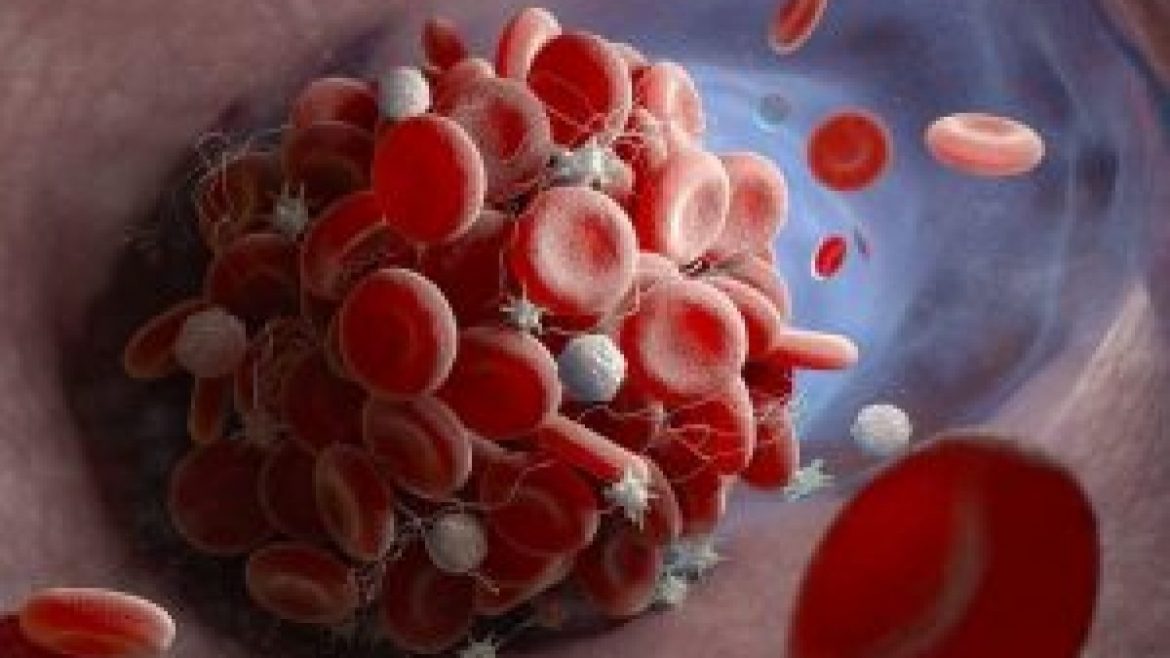Overweight and obese adults are more likely to acquire diabetes, although the specific process is unknown.
A new study from Washington University School of Medicine in St. Louis may help explain how obesity contributes to diabetes and may present researchers with a target to help prevent or postpone diabetes in some at-risk individuals. The findings reveal that many patients with increased insulin levels – an early indicator of diabetes risk – also have abnormalities in an enzyme involved in the digestion of a crucial fatty acid from the diet. The findings were published in the journal Cell Metabolism on January 11th.
“Between 30 million and 40 million people in the United States have Type 2 diabetes, and another 90 million to 100 million have risk factors that make them likely to develop Type 2 diabetes in the future,” said senior investigator Clay F. Semenkovich, MD, director of the Division of Endocrinology, Metabolism & Lipid Research at the School of Medicine.
When a person has too much body fat, the pancreas’s beta cells release more insulin. When insulin levels rise and stay high, the body becomes insulin resistant, and the beta cells that generate insulin eventually die, resulting in diabetes.
Semenkovich, the Irene E. and Michael M. Karl Professor; lead author Guifang Dong, PhD, a senior scientist; Xiaochao Wei, PhD, an assistant professor of medicine; and other Washington University researchers discovered that insulin overproduction is caused by a process known as palmitoylation. Cells link the fatty acid palmitate to proteins by this mechanism.
Thousands of human proteins can be connected to palmitate, but the researchers discovered that diabetes occurs when this fatty acid is not removed from proteins in beta cells. The researchers discovered that persons with diabetes were weak in an enzyme that removes palmitate from beta cells when they examined tissue samples from people who were thin or overweight, and with and without diabetes.
David W. Piston, PhD, the Edward W. Mallinckrodt Jr. Professor and Head of the Department of Cell Biology & Physiology, and Maria S.
“We’ve found several candidate drugs, and we’re pursuing those,” Semenkovich said. “We think that by increasing APT1 activity, we might reverse this process and potentially prevent people at risk from progressing to diabetes.”
The research team, led by Remedi, PhD, a professor of medicine and cell biology & physiology, and Fumihiko Urano, MD, PhD, a professor of medicine and pathology & immunology, also genetically engineered a mouse that was deficient in the enzyme APT1, which is responsible for palmitate removal from proteins. Diabetes developed in the altered mice. Because reduced APT1 function increased the risk of diabetes, the researchers collaborated with the university’s Center for Drug Discovery to screen and find drugs that potentially improve APT1 enzyme activity.
“We’ve found several candidate drugs, and we’re pursuing those,” Semenkovich said. “We think that by increasing APT1 activity, we might reverse this process and potentially prevent people at risk from progressing to diabetes.”
Although Semenkovich stated that the new discoveries identifying APT1 as a target are a significant step, he added that APT1 is merely one therapy target among several. “There are several ways that Type 2 diabetes may develop,” he said. “This enzyme is not the answer, but it’s an answer, and it appears we have some promising tools that might keep some people with prediabetes from developing diabetes.”










